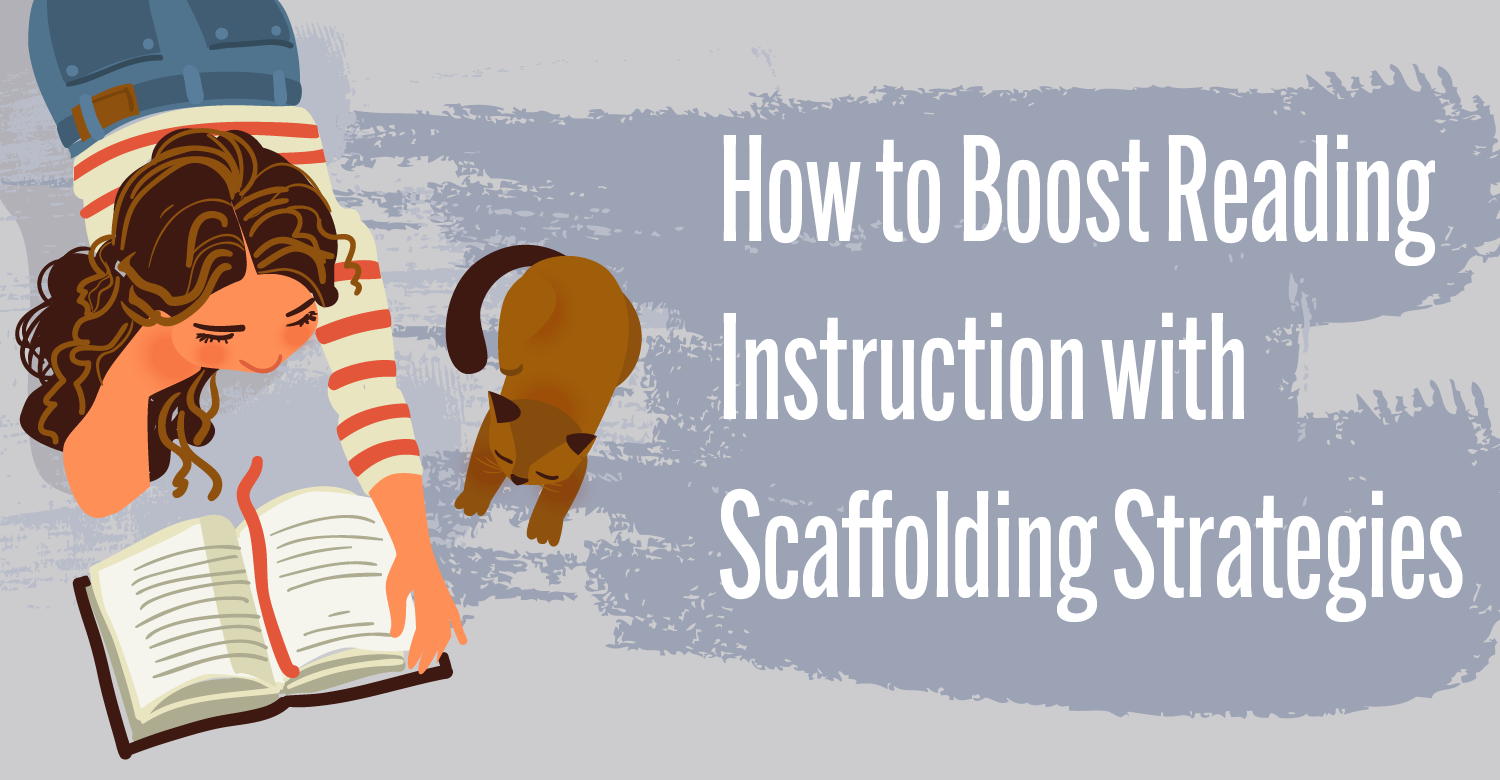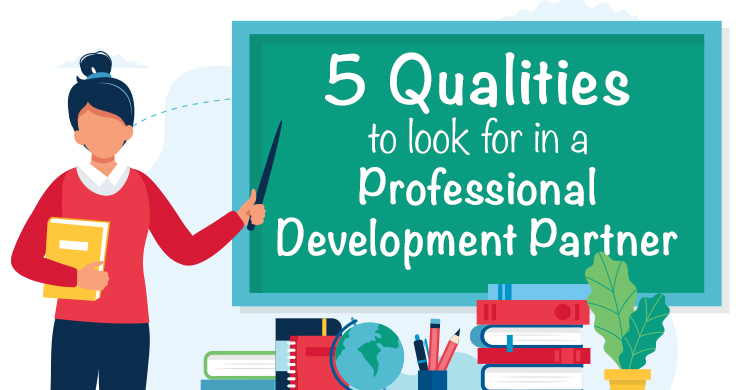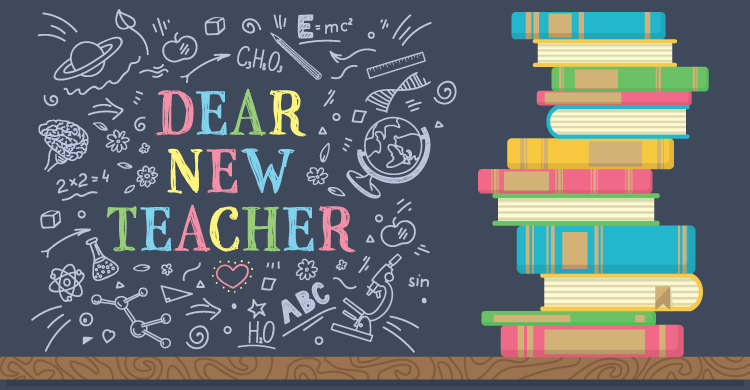Sneakers, planes, rockets, and boats. Getting from place to place happens with a structured itinerary, whether one is on foot, in the air, in space, or on water. Education, like navigation, embraces the planning, collaboration, and knowledge. Early civilizations like the Minoans and Polynesians used the stars, wind, and ocean; Portuguese sailors also used astrolabes. Today’s modern navigators have access to these tools and resources, along with an array of digital ones. Despite a multitude of weather conditions, mindsets, and experiences, the navigation from place to place continues. Those of us in the field know that education is a journey that shifts and expands; however, the core principles of both navigation and education value the people, tools, starting points and destinations, and the evidence-based practices. Propulsion, momentum, motivation, time, cost, and knowledge are a few variables. Barriers exist, but getting “stuck in the doldrums” is not an option in our educational waters. Navigating the Core Curriculum: RTI Strategies to Support Every Learner invites you to diminish learner barriers with an RTI process that circumnavigates the challenges.
I am privileged to say that I have had the honor of teaching students with and without IDEA labels from PreK-graduate level. My students taught me as much as I taught them. Their uniqueness reaffirmed that learner conformity is a mystique. I became a better teacher, because I listened and responded to their needs and levels. As I coach dedicated educators across the country, they often share their frustration to ensure that all learners get to where they need to be when they all do not begin at the same place. Teachers want to deliver the rigorous curriculum, but they need a framework, the tools, and the supports.
The key to pedagogically navigable waters includes responsive intervention that fine-tunes and individualizes the instructional practices to reach and teach each and every learner. Navigating the Core Curriculum includes K-12 lessons that offer multitiered systems of supports across the disciplines. The fact that some learners require stronger and more intensive interventions needs to be acknowledged and embraced. The identification of the literacy, mathematics, and behavioral levels begins the journey. The RTI process continues with the responsive instruction, student connections, staff engagements, and collaborative inquiry. Professional integrity to the students and practices propels the journey. The goal is to recognize, capitalize, and expand on each learner’s strengths. The three tiers of RTI’s interventions are not generic ones, but they are prescriptive and responsive to individual learner’s skill sets.
This resource offers staff applications that value collective responsibility, creativity, and critical thinking skills. Savvy educators are well aware that each learner arrives at his or her classroom with different abilities, motivations, interests, and prior knowledge. However, the school staff also values the fact that students are at the core of the RTI process. Simply put, like a journey has a starting point and destination, know where your learners are and take them where they need to go. It takes several oarsmen for a vessel to safely navigate rough waters; some students require the same hands-on approach to stay afloat and achieve smooth sailings as they continue on their path to successful destinations. Teachers are the navigators who steer these accomplishments by capitalizing on student abilities through RTI’s multitiered levels of intervention.
Core knowledge belongs to all students, but sometimes how to get to that core knowledge requires additional intervention. Reading, writing, mathematics, and behavioral skills differ, but thankfully so do the responsive interventions. Enjoy the journey! Bottom line: veni, vidi, vici.
[author_bio id=”394″]






